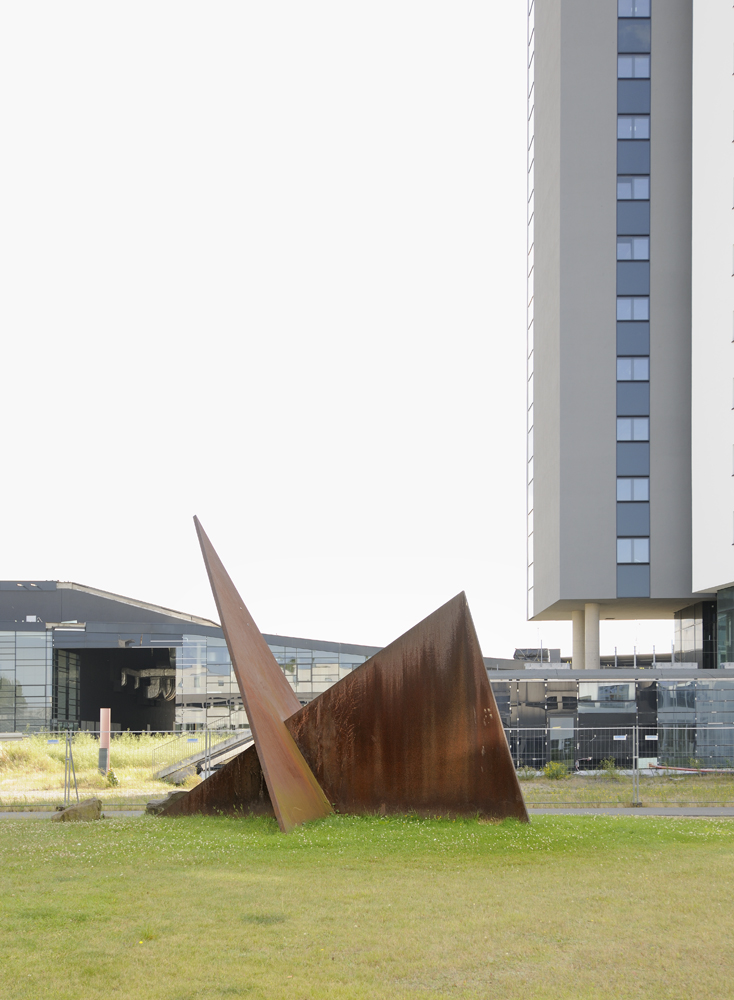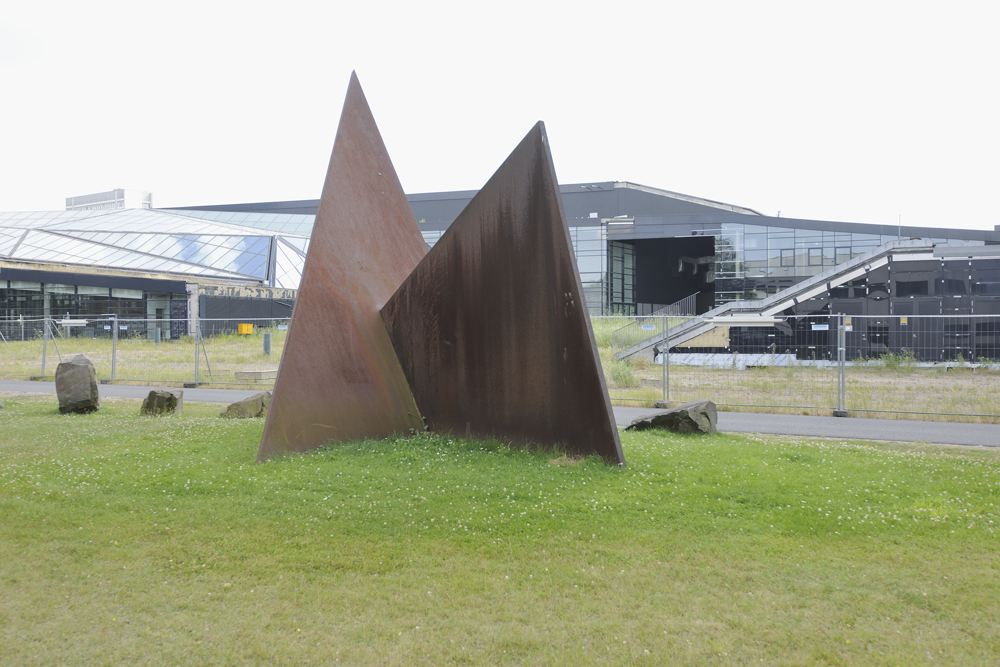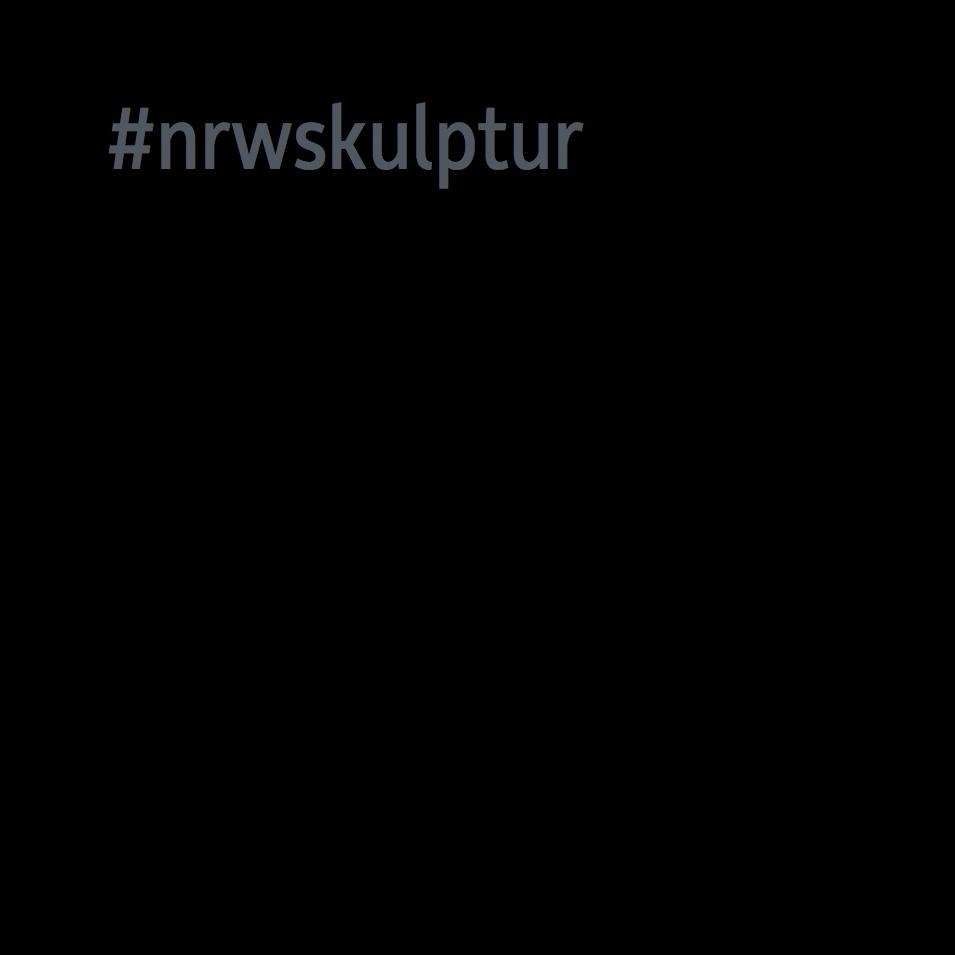Durchbruch / Breakthrough





When Hermann Glöckner’s sculpture was installed in front of the newly designed Bundeshaus in 1992, an artistically and historically exceptional work found recognition: undeterred by the difficulties he faced during the Nazi regime and later in the GDR, Glöckner continued his work in constructivism, which was late in receiving its due recognition. His mathematical studies and observations of his environment led the artist to create painted and sculptural forms that appear reduced and simple, but actually reflect complex ideas.
As such, the spatial sculpture Breakthrough is made up of two triangular steel elements that penetrate each other and, in turn, stabilize each other. In his painting and varied studies, the artist frequently considered the roof and gable shapes in his surroundings, as well as the subject of basic geometric shapes that penetrate each other. Both subjects can be found in this sculpture, which is also reminiscent of American minimalism, such as the work of Richard Serra.
Hermann Glöckner
← Zur Startseite
Bonn, in front of the World Conference Center, Platz der Vereinten Nationen 2
